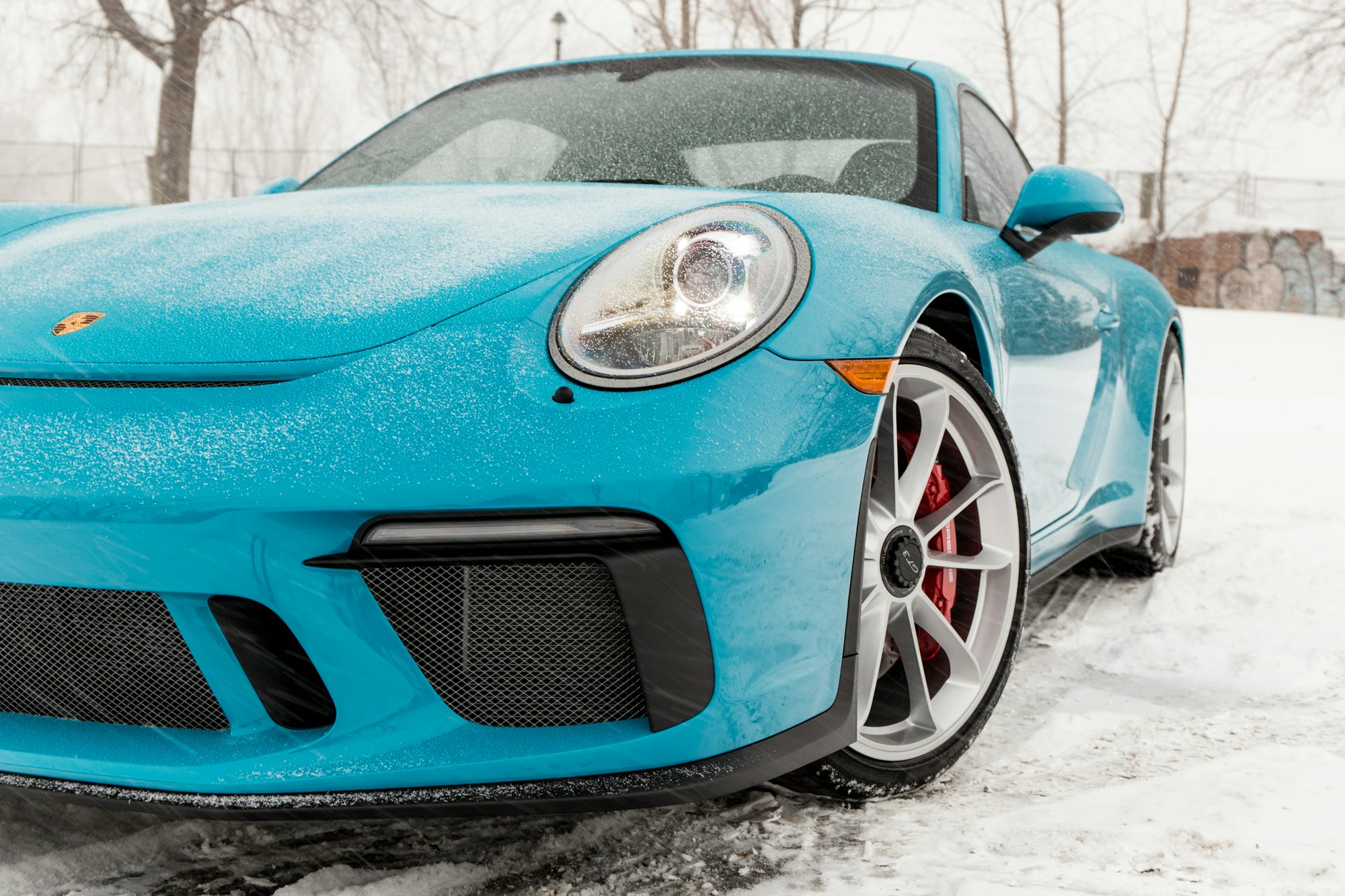
From the iconic curves of a Ferrari to the aggressive lines of a Lamborghini, the design of a supercar is often its most striking feature. Designers work tirelessly to create aesthetics that evoke emotions and stand out on the road. This process begins with extensive sketches and digital models, where ideas are transformed into virtual representations. The aim is to balance form and function, ensuring that every line serves a purpose, whether it be aerodynamic efficiency or visual appeal. The Lamborghini Sián, for instance, incorporates both sharp angles and elegant curves, showcasing how design can enhance performance through improved airflow and downforce.
However, design alone does not make a supercar; it is the craftsmanship that brings these designs to life. Skilled artisans meticulously assemble components, often by hand, ensuring that every detail is perfect. This attention to detail is what sets supercars apart from standard vehicles. For example, the interior of a Pagani Huayra is a marvel of craftsmanship, with handcrafted leather and aluminum accents that reflect the brand’s commitment to luxury and performance. Every stitch, every surface, is crafted with precision, creating an interior that feels bespoke and tailored to the driver.
One of the most significant aspects of craftsmanship in supercars is the use of advanced materials. Carbon fiber has become a staple in the construction of supercars, known for its strength-to-weight ratio and aesthetic appeal. The McLaren 720S features a carbon fiber monocoque chassis that not only reduces weight but also enhances rigidity, improving handling and performance. This strategic use of materials is complemented by traditional craftsmanship techniques, such as hand-polishing and finishing, which give each vehicle a unique touch.
In addition to materials, technology plays a vital role in modern supercar craftsmanship. The integration of advanced manufacturing techniques, such as 3D printing and CNC machining, allows for greater precision and complexity in component design. These technologies enable manufacturers to produce intricate parts that would be challenging to create using traditional methods. For instance, the Koenigsegg Jesko employs 3D-printed components in its engine, showcasing how technology can enhance performance and reduce weight while maintaining exceptional quality.
Beyond the physical aspects of craftsmanship, there is also an emotional element that drives supercar manufacturers. The philosophy behind each vehicle often reflects the values and vision of the brand. For instance, Aston Martin embodies a blend of British elegance and racing heritage, evident in models like the Aston Martin DB11. This philosophy resonates through every curve and detail, making each car not just a machine, but a work of art that tells a story.
The production process of supercars is often a labor of love, involving a limited number of skilled workers dedicated to perfecting each vehicle. Unlike mass production, where efficiency often trumps quality, supercar manufacturers prioritize excellence over quantity. The limited production runs of models like the Bugatti Chiron allow for a more focused approach, ensuring that each car meets the highest standards of performance and luxury. This exclusivity adds to the allure of supercars, making them coveted pieces of automotive art.
Customer involvement in the design process is also becoming more prevalent in the supercar market. Brands like Ferrari and Porsche offer bespoke programs where clients can customize every aspect of their vehicles, from color and materials to unique features. This level of personalization not only enhances the ownership experience but also reinforces the connection between the driver and their vehicle. Each bespoke supercar becomes a reflection of its owner’s personality, desires, and lifestyle, further elevating its status as a work of art.
Moreover, the integration of technology extends beyond the car itself to the driving experience. Advanced driver assistance systems and infotainment features provide a blend of safety and luxury, enhancing the overall enjoyment of driving a supercar. The Mercedes-AMG GT, for example, features an advanced infotainment system that seamlessly integrates with the vehicle's performance features, allowing drivers to monitor performance metrics while enjoying their ride. This synergy between technology and craftsmanship ensures that supercars are not only thrilling but also user-friendly.
As we look to the future, the craftsmanship in supercars is poised to evolve even further. The increasing focus on sustainability is influencing how manufacturers approach materials and production processes. Brands are exploring alternative materials that offer environmental benefits without compromising performance. The Lotus Evija, for instance, not only showcases electric power but also incorporates sustainable practices in its production, signaling a shift toward a greener future in the supercar industry.
In conclusion, the art of craftsmanship in modern supercars is a harmonious blend of design, technology, and artisanal skills. Each vehicle represents a commitment to excellence, from the initial concept to the final assembly. As manufacturers continue to innovate, the boundaries of what is possible in supercar design and performance will only expand. For enthusiasts and collectors alike, these vehicles are more than just machines; they are expressions of creativity, engineering brilliance, and the relentless pursuit of perfection. The future of supercar craftsmanship promises to be as exhilarating as the vehicles themselves, inviting us to explore the limits of performance and design.